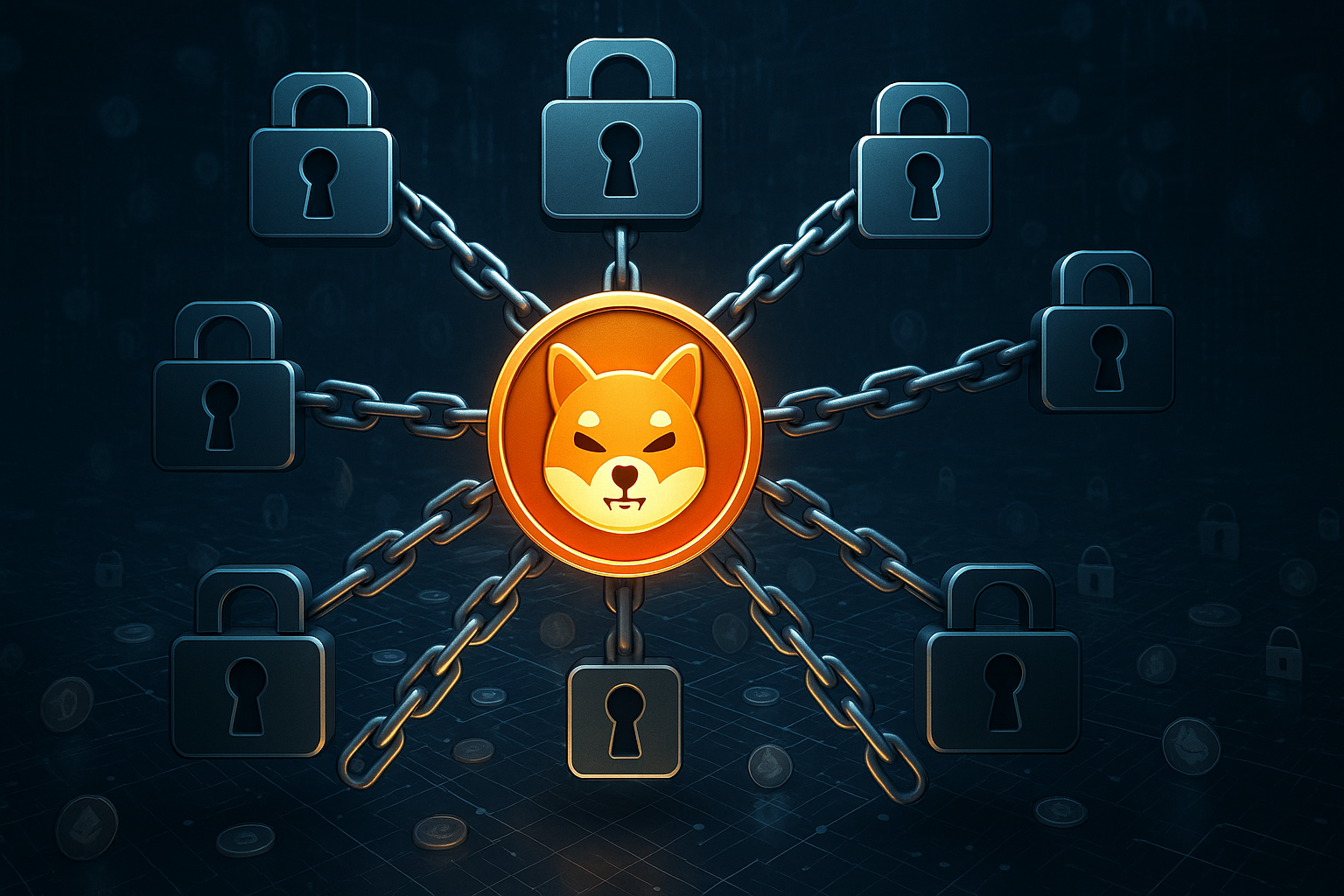Why Water Alone Can’t Protect Your Family from Pesticides
Many people believe rinsing fruits and vegetables under water is enough to make them safe to eat. However, research shows this method often falls short. Water removes less than 50% of pesticide residues, leaving significant amounts behind. Invisible threats...

Many people believe rinsing fruits and vegetables under water is enough to make them safe to eat. However, research shows this method often falls short. Water removes less than 50% of pesticide residues, leaving significant amounts behind. Invisible threats like pesticides, mold, and bacteria may remain even after washing, making advanced cleaning technologies like the Milerd Detoxer, a trusted food purifying device in the UAE, essential for food safety.
In the United Arab Emirates, where much of the produce is imported and exposed to harsh transport conditions, food safety is a pressing concern. Federal Law No. 10 of 2015 on Food Safety emphasizes the need for effective cleaning practices to protect against harmful residues. Simple rinsing is no longer enough — modern cleaning technologies are crucial to ensure the health and safety of your loved ones.

Why water falls short for cleaning fruits and vegetables
While water is the easiest and most common way to clean food, it has critical limitations:
Hydrophobic pesticides: Many pesticides are water-resistant and adhere tightly to fruit and vegetable surfaces, making them hard to wash away. Without effective removal, harmful residues persist, which is where an ultrasonic cleaner proves highly effective. Complex textures: Foods like berries, mushrooms, and leafy greens pose unique challenges due to their intricate surfaces. It’s impractical to scrub every berry or leaf, and soaking mushrooms can ruin their texture. Devices like the Milerd Detoxer excel at handling such delicate items. Limited action on microbes: Water may remove visible dirt but has little impact on bacteria, mold, or wax coatings that trap harmful substances.What harmful residues stay on fruits and vegetables after rinsing
Even after thorough rinsing, harmful contaminants can still linger:
Pesticides: Residual pesticides are linked to hormonal imbalances, developmental issues, and increased cancer risks (World Health Organization, 2023). Bacteria and mold: Pathogens like E. coli and mold spores can cause foodborne illnesses, particularly in children and people with weakened immune systems. Preservative coatings: Waxes and preservatives applied to fruits and vegetables seal in contaminants, making them nearly impossible to remove with water alone.Limitations of soaking and other traditional methods
Alternative cleaning methods, such as soaking food in vinegar or baking soda, can improve cleaning results, but their effectiveness and practicality are limited:
Partial removal of contaminants: Baking soda solutions can remove more pesticides than water, but studies confirm they don’t eliminate all residues. Vinegar may help reduce microbial contamination but isn’t effective against all pesticides. Time-consuming process: These methods require precise preparation of solutions, soaking for extended periods, and rinsing afterward. For families with busy schedules, they’re far from convenient. Damage to delicate foods: Fragile items like berries can be bruised or lose flavor when soaked for too long, while certain greens may wilt or absorb the cleaning solution. Limited microbial removal: While traditional methods can reduce bacteria levels, they don’t fully address mold or chemical residues embedded in the food.Soaking and other household remedies may offer some improvements over water alone, but they remain inadequate for ensuring food safety.
The Milerd Detoxer: An advanced ultrasonic food cleaner for UAE families
Advanced cleaning technologies provide a safer, more efficient way to eliminate harmful contaminants from food:
Ultrasonic cleaning: High-frequency sound waves dislodge pesticides, bacteria, and mold, even from hard-to-reach areas like berry crevices or mushroom caps. Research confirms that ultrasonic cleaning significantly outperforms water alone in removing chemical and microbial contaminants. Ozone technology: Ozonation neutralizes a wide range of harmful chemicals and pathogens. Studies published in the International Journal of Environmental Research and Public Health show ozone cleaning can reduce pesticide residues by up to 97%.The Milerd Detoxer combines these cutting-edge technologies into an easy-to-use device. Independent laboratory tests conducted in Switzerland and Europe verify its effectiveness, demonstrating its ability to eliminate 96–99% of contaminants, including pesticides, bacteria, and mold.
With these verified results, the Milerd Detoxer food cleaner offers UAE families an advanced way to ensure their food is free from harmful residues. By bridging the gap left by traditional cleaning methods, this modern food purifying solution empowers you to protect your loved ones’ health.


 Kass
Kass 































